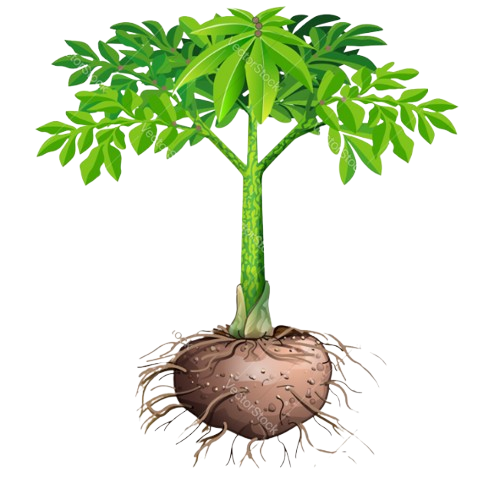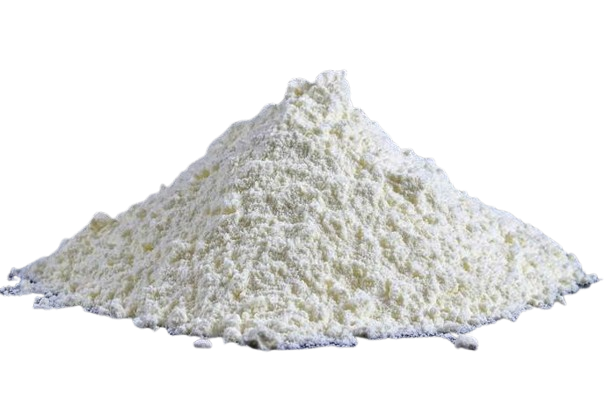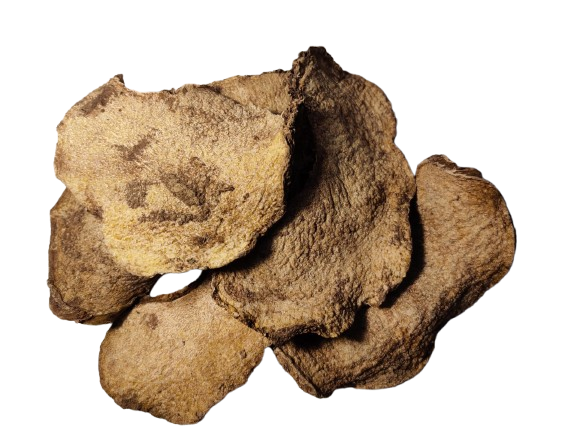Konjac Plant
The konjac tuber is large and round, with a diameter that can reach 30 cm or more. It is a modified underground stem that stores a high amount of starch and fiber. The konjac plant has a single large, umbrella-like leaf that branches out, with a dull pink-colored stalk.
The benefits of konjac are diverse:
- In the food industry, the tuber is processed into shirataki noodles, konnyaku, and various low-calorie products.
- In the health sector, glucomannan extracted from konjac is used to aid in weight loss, improve digestion, and control blood sugar levels.
- In the cosmetics industry, konjac is used in products such as natural facial cleansing sponges.
This plant is relatively easy to grow in various soil conditions and requires minimal maintenance, making it an attractive option for farmers across many Asian countries.


Konjac Flour
This flour is rich in glucomannan, a highly water-soluble dietary fiber and the main active component. Konjac flour is commonly used as a healthy food ingredient due to its low-calorie, gluten-free, and high-fiber properties. It has an excellent water-absorbing ability, allowing it to form gel-like or chewy textures.

Konjac Chips
his product is a semi-finished raw material commonly used to produce various konjac-based products, such as konjac flour, shirataki noodles, jelly, and more. As it is still in its raw and unrefined form, konjac chips are typically used by food and pharmaceutical industries for further processing.
______________________________________________________________________________
Contact Us
- +(62)81389328100 (Marketing 1)
- +(62)81915011324 (Marketing 2)
- gf_indonesia13
- gfi@goodfarmerindo.com
